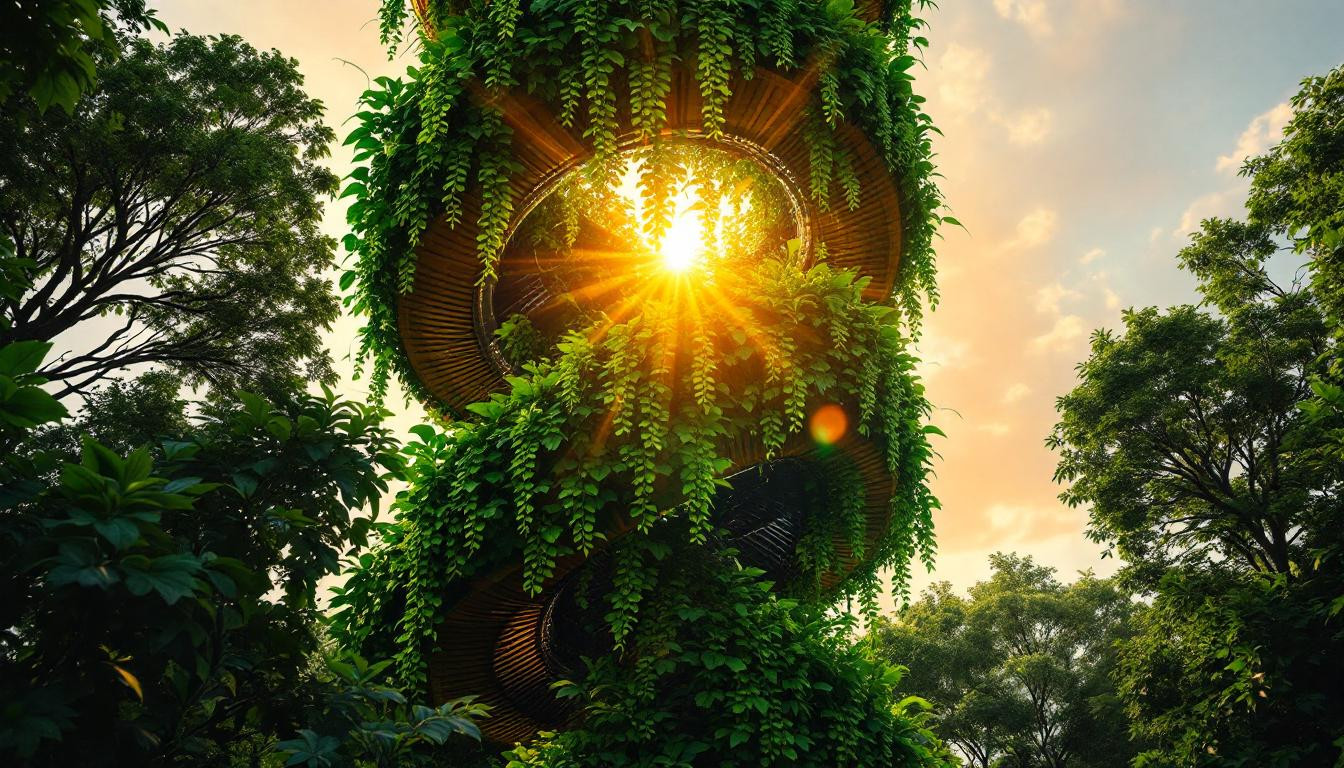Supporting climbing peas and beans is like giving a child the right tools to reach their full potential. These leguminous plants naturally want to climb and sprawl, but with proper support, they’ll reward you with abundant harvests while maximizing your garden space. Whether you’re growing snow peas, snap peas, pole beans, or runner beans, the right support structure makes all the difference in your garden success.
Why supporting your climbing legumes matters
Plants that grow upward rather than outward offer numerous benefits. Vertical gardening improves air circulation, reduces disease pressure, makes harvesting easier, and dramatically increases your yield per square foot. According to garden expert Maria Thompson, “Properly supported peas and beans can produce up to three times more than those left to sprawl on the ground, while taking up significantly less space.”
Choosing the right support for your climbing varieties
Not all climbing plants have the same needs. Peas use delicate tendrils to climb and require finer supports, while pole beans spiral around structures and can handle sturdier options. Consider your plants’ growth habit before selecting a support method.
“The best support mimics what these plants would use in nature. Peas evolved to climb up grasses and small shrubs, while beans often grew up larger plants and trees,” explains botanist Dr. James Wilson.
Classic tepee structures for beans
The tepee design is a garden classic for a reason. Create your own by gathering 6-8 foot poles and arranging them in a circle, bringing the tops together and securing with twine. This method works wonderfully for pole beans and provides excellent stability against wind.
Netting and trellis systems for peas
Peas thrive on mesh supports where their tendrils can easily grab hold. Nylon netting stretched between posts or a simple trellis made from chicken wire works wonderfully. Install these supports before planting to avoid damaging roots later. For a sustainable approach, consider planting peas alongside native flowering plants that can provide natural support.
Recycled materials for budget-friendly supports
Creating supports doesn’t have to break the bank. Consider these budget-friendly options:
- Repurposed tree branches arranged in a fan pattern
- Old fishing line strung between posts
- Cattle panels bent into arches
- Bamboo poles arranged in a grid pattern
The three sisters method: ancient wisdom for modern gardens
Indigenous cultures have used the Three Sisters method for centuries, planting corn, beans, and squash together. The corn provides natural bean supports, the beans fix nitrogen for the corn, and the squash shades the soil. This companion planting approach works beautifully in no-dig garden beds.
Supporting young seedlings
Don’t wait until plants are falling over to provide support! Start training young seedlings early with these techniques:
- Place supports at planting time to avoid root damage
- Gently guide tendrils toward supports if needed
- Use twine to loosely tie stems to supports initially
Combining function with beauty
Support structures can become garden focal points. Consider planting companion flowers that repel pests alongside your climbing vegetables. Nasturtiums and marigolds add beauty while deterring aphids from your precious legumes.
“A well-designed bean tower or pea trellis can be as beautiful as it is functional – try growing both vegetables and flowers together for a garden that’s productive and stunning,” suggests landscape designer Rebecca Johnson.
What will your garden climb to new heights?
Supporting your peas and beans is like giving wings to a bird – they’re meant to reach skyward! Whether you choose traditional structures or creative solutions, your climbing vegetables will thank you with improved health and abundant harvests. Start planning your vegetable garden with the right supports, and watch your garden transform from horizontal to vertical this growing season.
